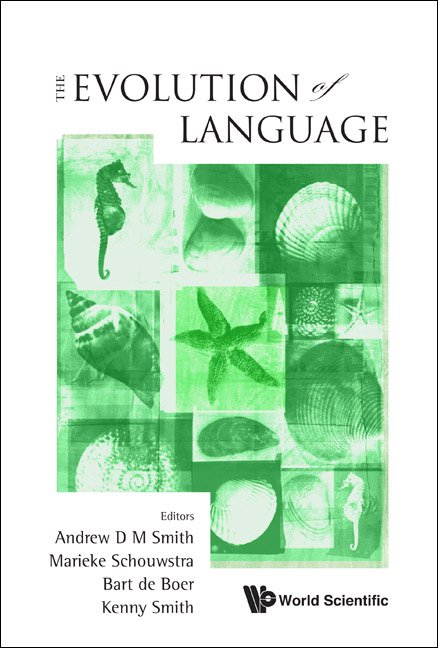THE RELEVANCE OF BODY LANGUAGE TO EVOLUTION OF LANGUAGE RESEARCH
The heterogeneous category of phenomena covered by the term body language (roughly equivalent to nonverbal communication, NVC), although essential to human day-to-day communication, is also largely dissociable from human verbal behaviour. As such, it has received little attention in the area of evolution of language research. In this paper we point to an important factor – signal reliability (honesty) as an elementary constraint on communication as an evolutionarily stable strategy (ESS) – which shows promise of restoring the relevance of broadly construed body language to the evolution of language.
Contemporary research on the emergence of language-like communication has tended to target the language-related cognitive capacities, with relatively less focus on the fundamental game-theoretic constraints as dictated by evolutionary logic. Communication, in order to remain an ESS, must be honest, i.e. signals must be reliably correlated with those aspects of the environment for which they are shorthand1. Despite suggestions at possible mechanisms (e.g. Scott-Phillips 2008), the origin of honest, cooperative signalling in human phylogeny remains among the least understood aspects of the evolution of language.
It has been compellingly argued that the evolution of communication in nonhuman animals is reception-driven, i.e. it is the receivers that are selected to "acquire information from signalers who do not, in the human sense, intend to provide it" (Seyfarth & Cheney 2003: 168). Body language is characterised by similar properties, that is the transfer of information not intentionally provided by the signaller. Crucially, it is this last property that makes body language resistant to manipulation, and thus endows it with relatively high signal reliability (honesty). At the same time, in mimetic (Donald 1991) creatures, body language can be brought under limited voluntary control by the signaller, with its elements selected as self-contained individual communicative segments. Consequently, although lacking continuity in most other respects, in this respect body language becomes continuous with language-like communication. This fact is most clearly reflected in gesture studies where gesticulations are placed on a continuum, through pantomime and emblems, to linguistic signs (McNeill 2005).
We argue that the set of phenomena subsumed under the term 'body language' is very likely to have played an essential role at the critical bootstrapping stages of (proto)language evolution by attenuating its initial fragility. At a minimum, body language could have provided a reliable frame of reference to check against during exchanges of first language-like messages (e.g. Laver & Hutcheson 1972 for examples from modem human communication). More boldly, however, it can be proposed that microbehaviours originating in body language could have themselves become taken over and employed as segments in a qualitatively new communicative system. This possibility is relevant to increasingly popular 'gesture-first' theories (e.g. Corballis 2002), and still more relevant to 'gesture-together-with-speech' theories (e.g. McNeill 2005), providing a noteworthy alternative to the assumption that the first signs had their origins, through ritualisation or otherwise, in instrumental action. We offer this last suggestion merely as an interesting conjecture, which nevertheless has the merit of pointing to a yet unexplored research area.
Note from Publisher: This article contains the abstract and references.



